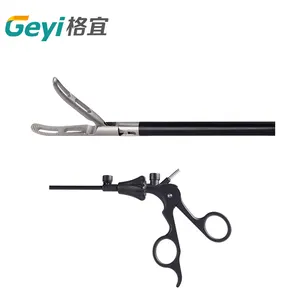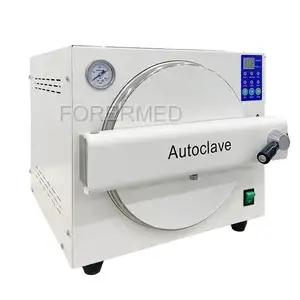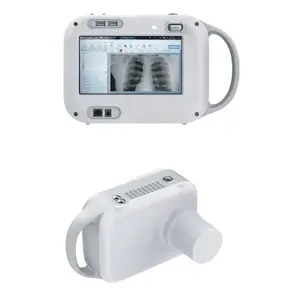Phổ biến trong ngành của bạn

















Các danh mục hàng đầu
Giới thiệu về miệng gags lưỡi retractors
Sức khỏe bền vững tốt đi kèm với sự hỗ trợ của công nghệ, chẳng hạn như miệng gags lưỡi retractors cực kỳ hiện đại. trên Alibaba.com. Các sản phẩm này có chất liệu và thiết kế chất lượng cao để đáp ứng nhu cầu y tế rộng lớn. Các sản phẩm nhẹ dễ dàng xử lý và vận hành. Vật liệu không ăn mòn giúp giữ vệ sinh và hạn chế gỉ sét. Tùy thuộc vào việc sử dụng, các thiết bị bệnh viện này có thể tái sử dụng hoặc sử dụng một lần. Những miệng gags lưỡi retractors đáng tin cậy. có giá cả phải chăng và dễ sử dụng, để giúp duy trì cuộc sống trên toàn cầu.
Y tế miệng gags lưỡi retractors. trên Alibaba.com được vô trùng cao để tránh lây nhiễm chéo. Các sản phẩm cung cấp kết quả chính xác và chính xác cho tình anh em y tế. Các thiết bị bệnh viện này thân thiện với người sử dụng cho các quy trình y tế tốt hơn. Bản chất là bền, các sản phẩm có nhiệm vụ cụ thể để tăng cường hoạt động thành công và phục hồi nhanh chóng.
Một số yếu tố dẫn đến việc mua cứu sinh thành công miệng gags lưỡi retractors. Yêu cầu ứng dụng chính xác được đặt lên hàng đầu. Thiết bị phải dễ sử dụng cho bất kỳ chuyên gia y tế nào trong trường hợp khẩn cấp. Các nhà cung cấp cần có năng lực để thực hiện các đơn hàng giao. Một ngân sách thích hợp xác định số lượng mặt hàng để mua. Bảo hành đáng tin cậy là cần thiết trong trường hợp thiết bị bị lỗi.
Thị trường cung cấp thiết bị y tế hiện đại. Các mối liên hệ trực tiếp của nhà cung cấp giúp loại bỏ bất kỳ sự ngờ vực nào từ người mua. Giá cả cạnh tranh trên miệng gags lưỡi retractors. đảm bảo với người mua giảm giá tốt hơn khi mua hàng. Đóng gói an toàn và thời gian giao hàng hợp lý đảm bảo hoàn thành việc mua hàng kịp thời. Tìm danh mục cung cấp thông tin và mẫu thiết bị y tế đẳng cấp thế giới trên Alibaba.com.











